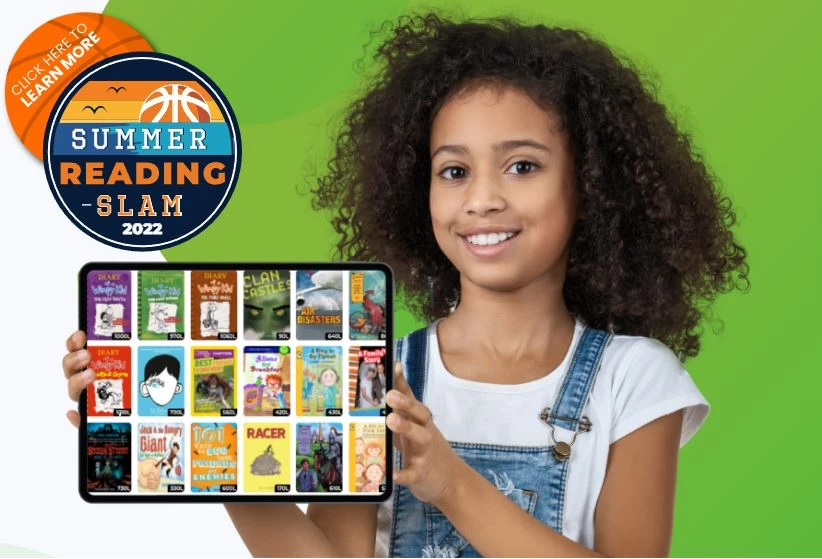
Children, just like adults, should always have goals set in place that will make them work hard as they try their best in achieving them. Without goals, in school and life, we tend to meander leisurely through the days without accomplishing as much as we should.
Students of all ages should always have a reading goal set for the year. The more we read, the greater our literacy skills grow.
Utilize LightSail for Setting Reading Goals
LightSail is a comprehensive online literacy platform that enables students to read, write, learn, and grow. There are thousands of books available to students of all ages with Lexile assessments for each one to determine comprehension.
It only takes a few seconds to download and then the students will be all set to read either at home or at school through a personalized eReader. With the eReader, students can change the setting to make reading a bit easier. For instance, they can adjust the font size and color, how many lines of the text they see at once, and even activate the read-aloud artificial intelligence (AI) option.
LightSail paired up with Johns Hopkins School of Education to research how well students perform using the LightSail edtech. Interestingly, 84 percent of the students enjoyed reading books on LightSail more than reading printed books. Plus, the majority of the students were able to navigate LightSail without a problem.
Furthermore, reading just 30 minutes a day on LightSail was shown to provide 3.9x gains in students’ Lexile scores. To put it simply, using LightSail, in or out of the classroom, benefits the students.
Here are steps for helping students set strong reading goals this school year.
Ask Their Input
Discussion is the key to success. Ask the students what they feel their reading goal should be for the year and then state your thoughts on it. (They may think reading a novel a month is fine while you may believe a novel every three weeks.) By working together, put that goal on paper to constantly remind them. There is something magical that happens when a goal is written down on paper and continually staring you in the face. And through LightSail, it is easy to create a personalized library for each student to make their way through.
Primary Students and Reading Fluency Goals
For students just learning how to read, fluency is a big issue. Most districts assess a student’s fluency at least three times a school year. After the first assessment is in place, discuss their fluency goals for the rest of the year. They should continue adding to their word per minute, reading with expression, and reading with accuracy as the months proceed. Educators can use LightSail to record running records with each of the students and actually record their voices while reading. Through LightSail, it is simple to assess, monitor, and develop better fluency with the students.
Document the Progress
Whether you want to call it a journal or a diary, ask the students to document their progress towards their reading goal. With each book they read, they should complete some sort of summary and their thoughts about the book to show they are also meeting their reading comprehension goals. This can be completed on paper, but bringing technology into the fold will usually excite most students. They can create slide presentations about the books or perhaps even short video reviews. Furthermore, when each book is completed, the Lexile assessment on LightSail will detail just how well the student understood what they read.
Recommend Books to Others
With so many books out there, it can be difficult for students to compile a complete reading list. Have students recommend books to others and build upon that as the year proceeds. In fact, LightSail can create a personalized library for each student automatically using their AI technology.
Set a Reading Schedule
Sometimes life can keep you so busy that before you know it, you haven’t accomplished as many goals as you would have liked. Have students create a schedule each week detailing not only how many hours they would like to read, but when they are going to fit it into their schedules.
Revisit the Goals as Much as Needed
Rather than go on the honor system, talk with each student individually but just briefly, asking how they are doing at achieving their reading goal. For some students, these talks may need to happen weekly, while with others it may be needed once a month. Hopefully, this will be a habit that they will keep doing year after year!
Posted on 11.Nov.21 in Literacy Strategies



